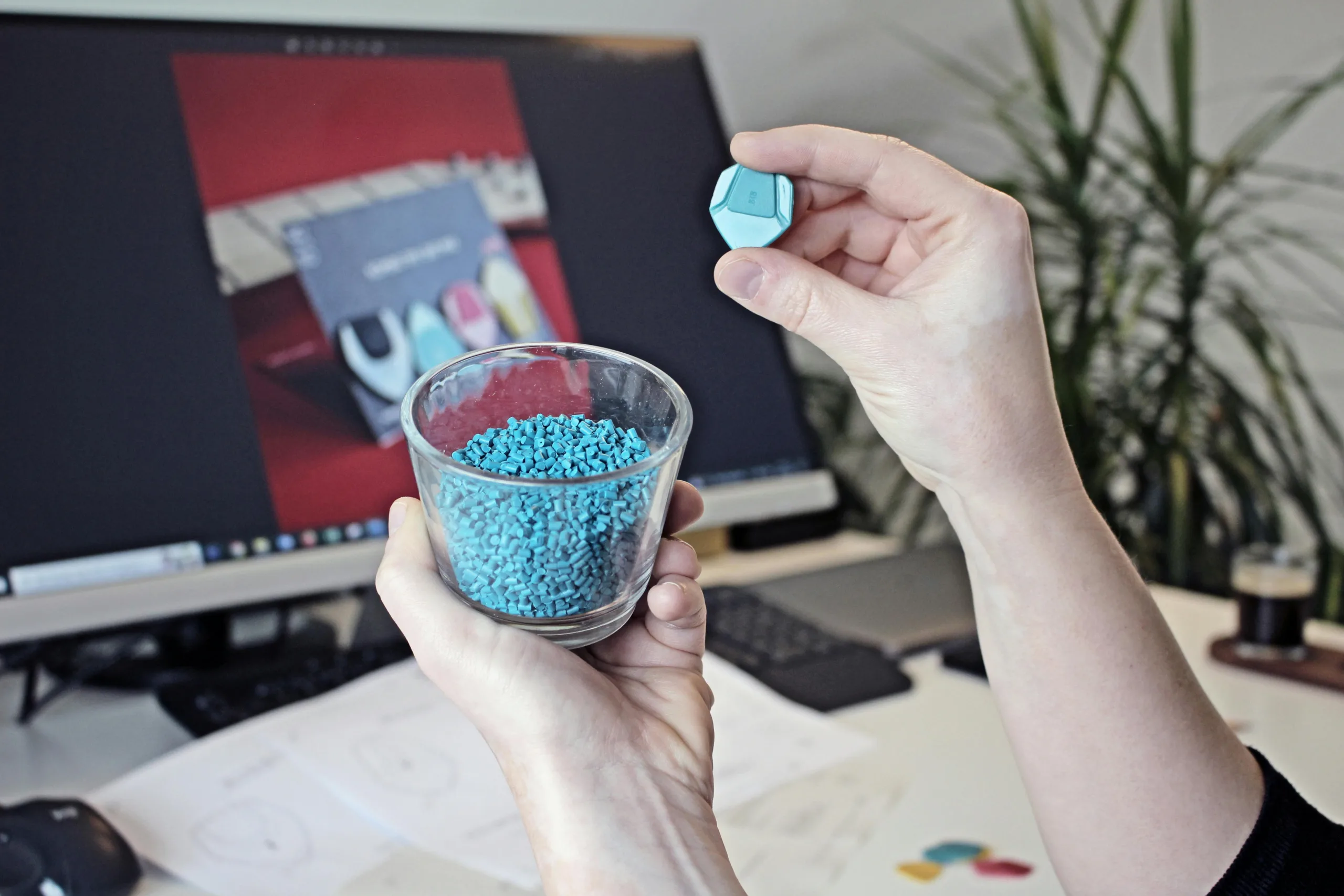Understanding how and why materials degrade and ultimately fail is a critical step in the research and development (R&D) process. Compared to the lifespan of traditional engineering materials, polymers tend to fail in comparatively short timeframes. It is one of the reasons that polymers like high- and low-density polyethylene (HDPE/LDPE), or polyethylene terephthalate (PET) are widely used as single-use plastics.
Polymer failure is dynamic and has extremely complex mechanisms that may occur due to inherent chemical and structural deficiencies in the product, or as a result of adverse external factors. It matters less in the context of single- and few use plastics than in the likes of permanent polymeric products, where premature failure can lead to liability issues or even injury. This refers to products as varied as polymeric fibers, films, membranes, engineering plastics, and more.
In this article, we will be considering some of the common causes of polymer failure that forensic analysts typically screen for.
Mechanical Polymer Failure
Mechanical modes of polymer failure are extremely varied and may occur at stress levels below the ultimate tensile strength (UTS) of the product. Creep rupture, also known as long-term stress, is a measure of time-dependent deformation under constant load. This can result in gradual deformation by sustained albeit low loads. Fatigue, or cyclic loading, promotes a similar type of gradual failure via slow crack growth.
Other mechanical modes of polymer failure include brittle and ductile fracture, rapid fracture due to impacts, and wear due to surface abrasion.
Thermal Polymer Failure
Temperature changes can have a dramatic influence on polymer failure, by accelerating chemical or mechanical modes, or by thermally-inducing degradation. Cyclic heating and cooling can cause thermal fatigue in polymeric materials which contribute to macroscopic crack growth and structural distortion. Irreversible dimensional instability can be caused by single instances of high peak temperatures, which may be characterized by depolymerization, shrinking, swelling, or more.
Other, more severe, forms of thermal polymer failure include combustion and direct flame impingement.
Chemical Polymer Failure
Chemical attack, more so than many other modes of polymer failure, is largely determined by the material’s application area. Interactions between polymeric materials and a limitless range of chemicals can cause some form of degradation or strain. Polymers intended for use outdoors will have to withstand oxidation and exposure to ultraviolet light. Hydrolysis can also cause failure when molecules from water, acids, or alkalis rupture the chemical bonds of polymeric materials.
Other modes of chemical polymer failure include stress corrosion cracking (SCC), but this mechanism is incredibly broad, owing to the impossibly large number of combinations of chemical interactions between corrosives and polymers. This is common in applications where polymers come in contact with cleaning agents.
Polymer Failure Analysis with RQM+ Lab Services
RQM+ Lab Services is one of the US’s foremost polymer failure analysis laboratories, with an experienced team of Ph.D. chemists who are well-versed in the various modes of polymer failure that can affect your products. Alongside the above, we can also screen for more complex modes of failure, such as ultraviolet degradation (optical) and molded-in stress (polymer processing defects).
For more information, simply contact a member of the RQM+ Lab Service team today.
